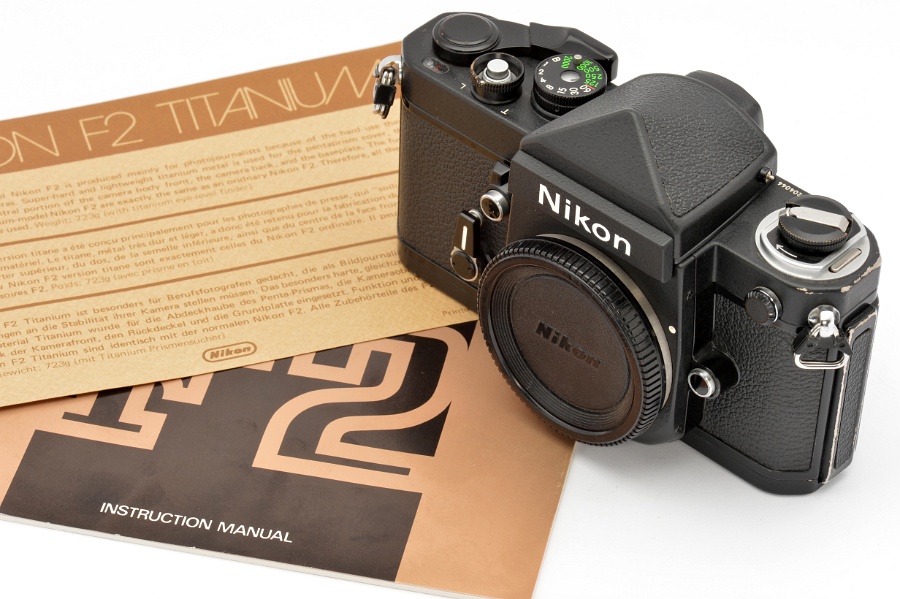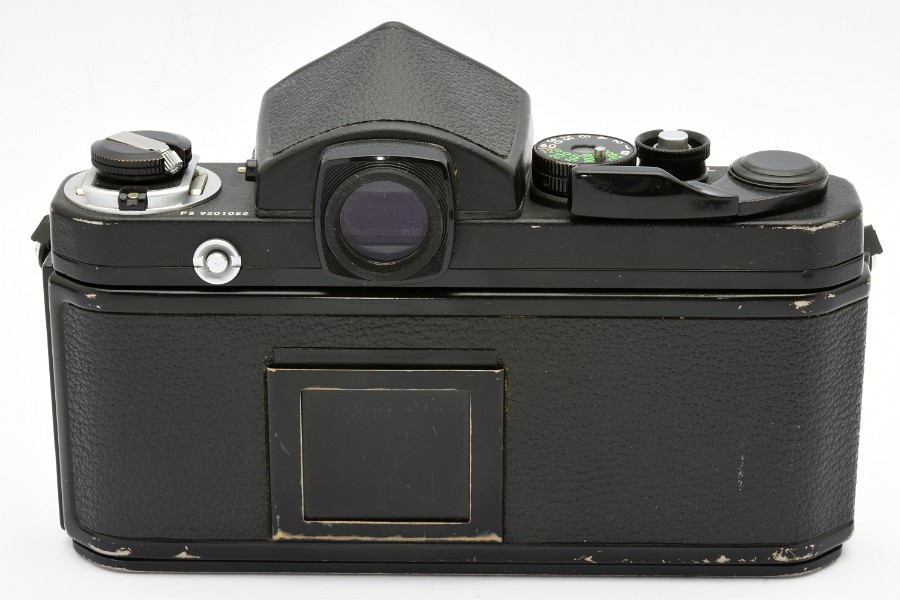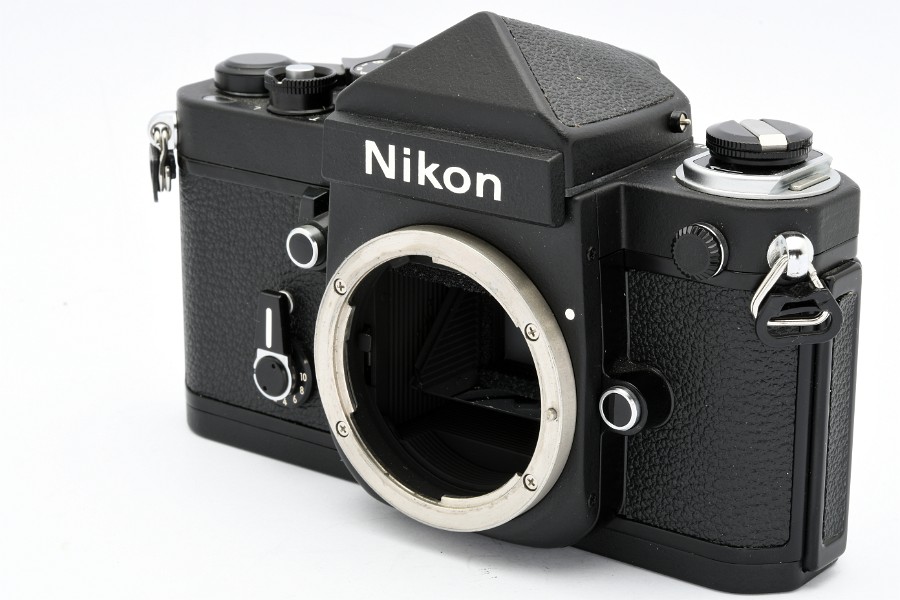

I have a diopter adjustment lens for the eyepiece, so I should be able to focus better, and the lens I was using is in very good shape. My F2 has a type A focusing screen, which has no microprism collar around the split image center, so I had a little trouble focusing. Here’s some photos from my newer F2 with a Nikkor 50mm f/1.4 AIS lens on Ilford HP5 film. It’s really nice that we have the serial numbers and production dates available for reference – so you know approximately how old the F2 you’re buying is. As a collector, I like to find cameras that are as close as possible to the original. In my book, that’s not the same, because it doesn’t match a body and finder that would have been purchased in 1980. It’s a older F2 body with a DP-12 finder to make it appear to be an F2AS. If a camera and finder combo is being advertised as an F2AS (for example), but the serial number on the body shows that it was produced in 1972, you know that isn’t accurate. However, if you are looking at F2 bodies, be sure to check Ken Rockwell’s Nikon F2 page, and the Nikon F2 Serial Numbers and Production Dates site, to verify the model being advertised against the serial numbers and production dates. The bodies for all the various models are basically the same – only the finders change. With the DP-11 finder, the newer AI and AI-S lenses couple correctly. With a spare DP-1 finder attached to my F2A, I can use older non-AI lenses the old way. Non-AI lenses will still work in stopped down metering mode. The 1978 body is a Photomic A, with a DP-11 finder that’s made to work with AI and AI-S lenses.

The 1974 body needs some cleaning because the slower shutter speeds aren’t consistent. I have an older F2 from about 1974, and a newer one, from 1978. In fact, finding one without dents and dings is hard to do. When I look for used cameras, the Nikon F2 bodies I find out there are amazing – they can have dents and dings all over and still work.
.jpg)
Although I never like to test the durability of a camera, the Nikon F2 could obviously take whatever you could dish out, and still work when needed. It allowed the photographer to focus on their job, while providing everything needed to capture images in almost any environment. It had the Nikon system of lenses and accessories, it (although being very heavy) was easy to carry, especially for journalists, and it didn’t have any unnecessary bells and whistles.

Why was the F2 so popular? I believe it hit a sweet spot for what pro photographers wanted. It seemed to me that almost every professional photographer used, or wanted to use, a Nikon F2. Nikon F2 was king of professional cameras in the 1970s.


 0 kommentar(er)
0 kommentar(er)
